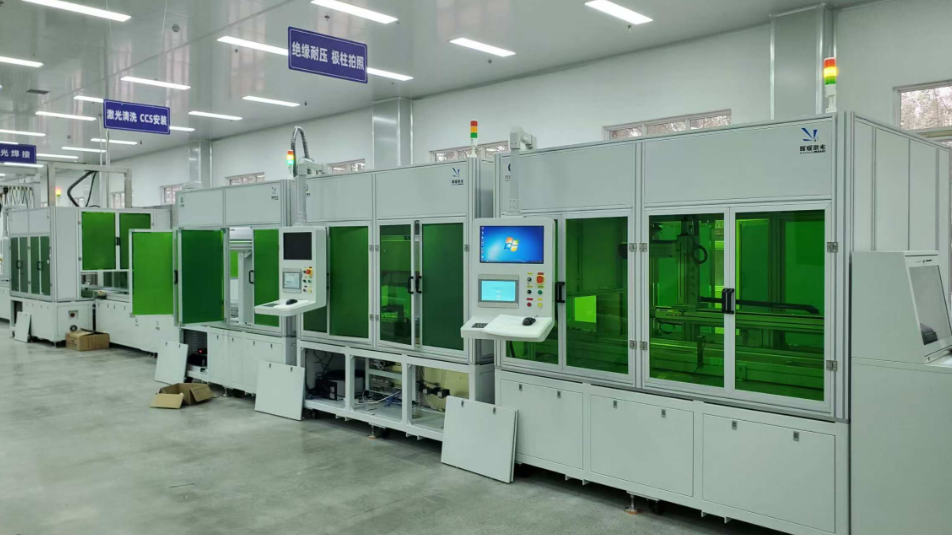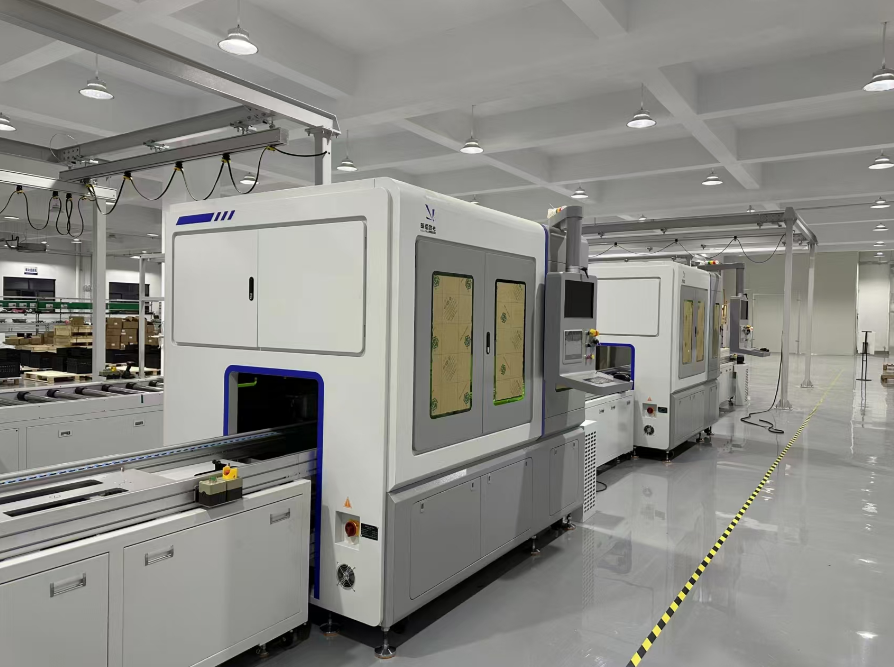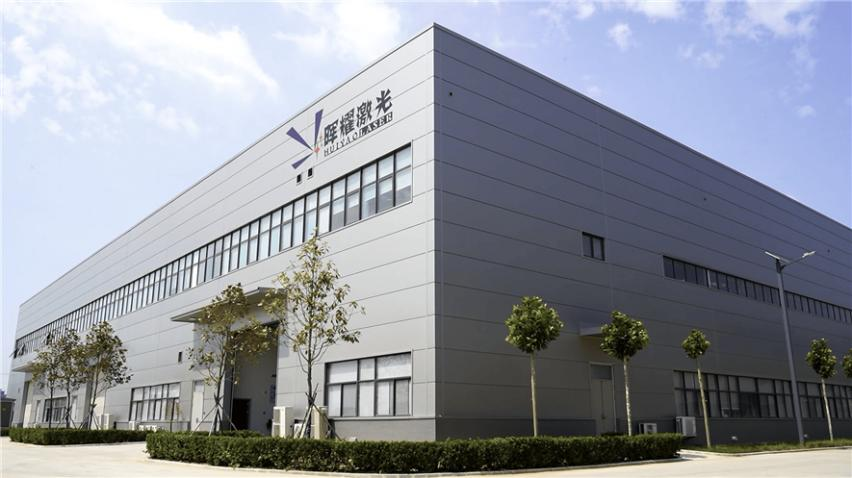1. Definition of core products of semi-automatic module PACK line
The core product of the semi-automatic module PACK line is to assemble, connect and package multiple battery modules into a fully functional battery PACK using a combination of partially automated equipment and manual operations. It is a key facility in the battery production process in the new energy industry. It is designed to efficiently and accurately complete the integration of battery modules to meet the requirements for battery pack performance and safety in different application scenarios (such as electric vehicles, energy storage systems, etc.) Stringent requirements. In this process, automated equipment undertakes highly repetitive and high-precision tasks such as battery core inspection, partial material handling and positioning, while manual labor is responsible for tasks such as fine assembly, quality inspection and equipment monitoring, which require judgment and flexibility work.

2. Core product features of semi-automatic module PACK line
1). High degree of semi-automation: Integrate automated robotic arms, conveyor belts and other equipment to perform basic processes such as preliminary positioning and transportation of modules, while retaining manual operations in key connections and inspection links, which not only improves efficiency but also ensures quality control.
2). Strong flexibility and adaptability: The production line can be quickly adjusted and parameter settings based on different models and specifications of battery modules to adapt to diversified production needs and effectively reduce production costs and production cycles.
3). Accuracy and reliability: Use high-precision automated testing equipment to perform performance testing and screening of battery cells and modules, and cooperate with manual secondary inspections to ensure the stability and reliability of product quality and reduce the defective rate.
4). Safety protection mechanism: Equipped with complete safety protection devices, such as emergency brake buttons, guardrails, static electricity elimination equipment, etc., to ensure the personal safety of operators and the electrostatic protection requirements of the product during human-machine collaboration.
3. Operation steps of semi-automatic module PACK line products
(1) Preparation before operation
1. Personnel preparation: Operators must undergo professional training and be familiar with the overall process, equipment operation specifications and safety precautions of the semi-automatic module PACK line. Wear anti-static overalls, safety helmets, protective gloves and other equipment.
2. Material preparation: Check the model, quantity and quality of the required battery modules, connectors, screws, wire harnesses and other materials to ensure they are consistent with the production task order and neatly placed in the designated material rack or loading area.
3. Equipment inspection: Check the automation equipment of the production line (such as robotic arms, conveyor belts, testing instruments, etc.) before starting to check whether the equipment returns to its normal position, whether there is a fault alarm display, whether the moving parts are smooth, and whether the relevant tools are complete And intact.
(2) Module loading and positioning
1. Manually transport the battery module to be assembled to the loading station of the production line and place it on a pallet or workbench with a positioning device to ensure that the module is placed stably and in an accurate position, so that the connection end of the module can be connected with subsequent automation The device's operating bits are aligned.
2. Start the automated conveyor belt or robotic arm to accurately transport the modules at the loading station to the processing position of the next process according to the preset program. During this process, the operator needs to monitor the transport process of the modules to prevent Abnormal conditions such as jamming or displacement deviation.
(3) Battery core testing and screening (if any)
1. When the module is transported to the testing station, automated testing equipment (such as internal resistance tester, voltage detector, etc.) will test the cells in the module one by one to obtain the internal resistance, voltage and other key properties of the cells data.
2. The operator determines whether the battery core meets the quality standards based on the data fed back by the testing equipment. For unqualified battery cores, the operator manually marks and removes them from the module, places them in the designated defective product area, and records the relevant data at the same time for subsequent analysis and tracing.

(4) Module connection and assembly
1. The automated equipment transports the connecting pieces, wiring harness and other components to the assembly station. According to the process specifications, the operator uses screwdrivers, wrenches and other tools to firmly install the connecting pieces on the electrode ends of the module to ensure that the connection is tight and free of looseness and Virtual connection phenomenon, and connect the wiring harness to the module and other components according to the correct line connection method.
2. During the connection process, manual quality inspection of the connection parts is required, such as checking the flatness of the connecting piece, the tightening torque of the screws, and the connection firmness of the wiring harness, etc., to ensure that each connection point meets the quality requirements.

(5) Thermal management system installation
1. Install heat sinks, cooling pipes and other thermal management components at the corresponding positions of the battery module according to the design requirements. Manually ensure that the heat sink and the module surface are closely attached, and the cooling pipe connections are leak-free and reasonably laid out to ensure thermal management. The system can effectively dissipate heat and control temperature of the battery module.
2. Connect the circulation pump, valves and other components of the thermal management system, check whether the coolant level and fluidity are normal, and debug the thermal management system so that it can automatically adjust the cooling intensity according to the battery temperature.
(6) Electrical performance testing
1. The assembled battery PACK is moved to the electrical performance testing station through an automated conveyor, and professional electrical testing equipment (such as charge and discharge testers, insulation resistance testers, etc.) is used to conduct comprehensive electrical performance testing, including charging Discharge characteristics, insulation performance, capacity testing, etc.
2. The operator reads and records the test data, analyzes the test results, and determines whether the battery PACK meets the designed electrical performance index requirements. If the test results are abnormal, possible problems need to be investigated and repaired, such as checking whether the connecting lines are loose, Whether the electrical components are damaged, etc.
(7) Packaging and offline
1. For the battery PACK that has passed the electrical performance test, manually transport it to the packaging station, install protective components such as shells and covers, and use screws, sealants, etc. to fix and seal to ensure the protection level and appearance quality of the battery PACK. Meet the requirements.
2. After the packaging is completed, the operator performs a final visual inspection and cleaning process on the battery PACK to remove dust, oil and other impurities on the surface, and then affixes the product label, indicating the product model, production date, batch and other information, and finally Move qualified products to the off-line area or designated finished product storage area.
During the entire operation of the semi-automatic module PACK line, operators need to remain focused and rigorous at all times, perform every step in strict accordance with the operating specifications, pay close attention to the operating status of the equipment and the quality of the products, discover and deal with abnormal problems in a timely manner, and ensure Efficient and stable operation of the production line and high-quality output of products.
4. About Huiyao Laser Technology (Luoyang) Co., Ltd.

Huiyao Laser Technology (Luoyang) Co., Ltd. (AKA Yao Laser) is a high-tech enterprise focusing on the research, development, manufacturing and sales of equipment in the new energy industry. Relying on the support of scientific research institutions such as the Luoyang Research Institute of Dalian University of Technology, the company has built a highly skilled R&D team dedicated to providing customers with comprehensive laser welding equipment, battery cell assembly line equipment, module PACK automatic line equipment, and battery structural parts automation. High-end intelligent equipment such as equipment can tailor the most suitable production line solutions according to the different production needs of customer companies.









